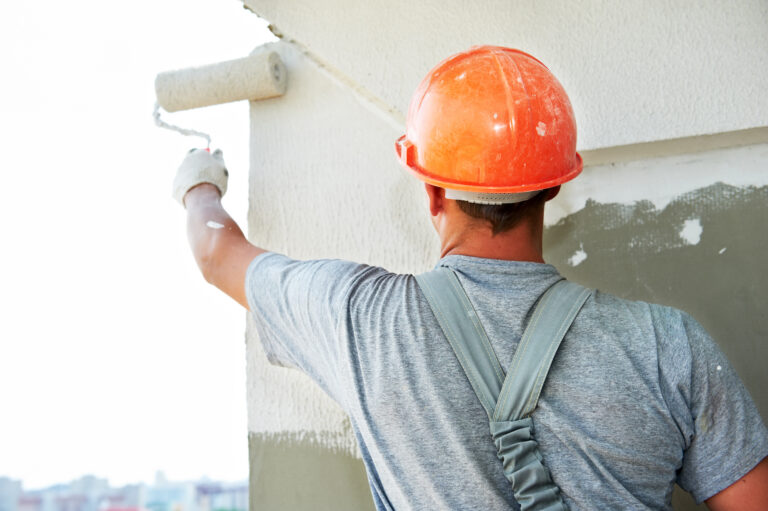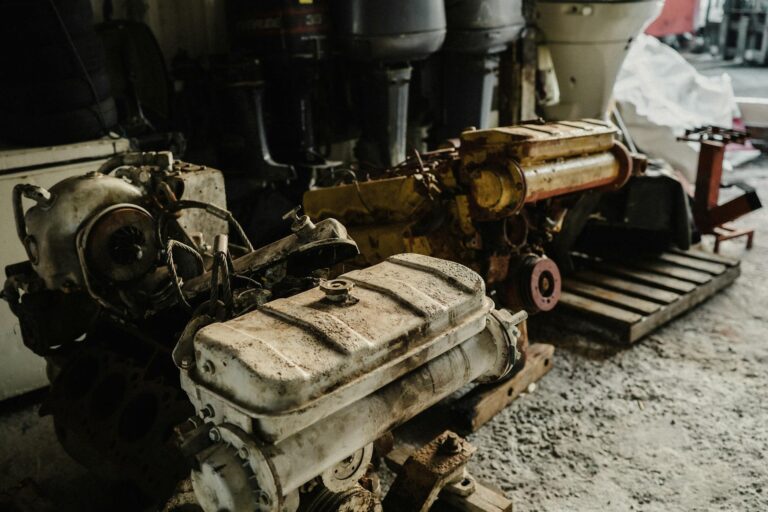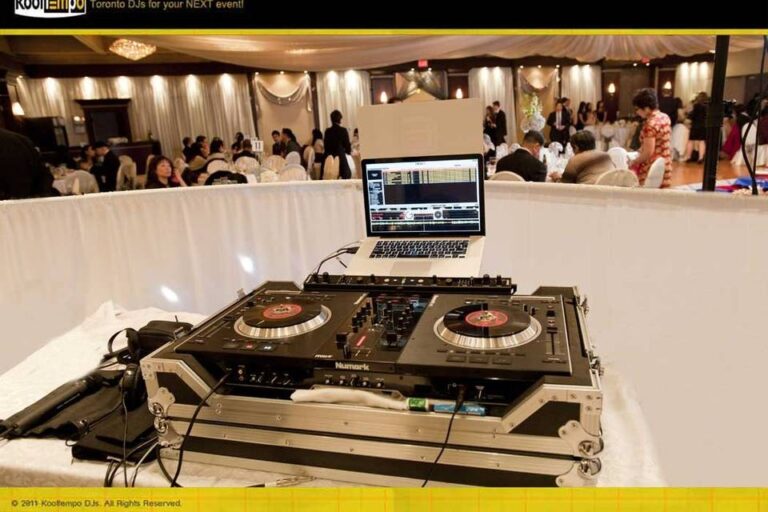Plasterboard wall installation is a fundamental task in modern construction and renovation. Whether you’re building a new space or updating an existing one, mastering the installation of plasterboard can enhance the quality and finish of any interior. With the right tools, techniques, and attention to detail, you can achieve professional results. This comprehensive guide provides clear, step-by-step instructions to help both beginners and experienced DIYers succeed.
Understanding Plasterboard and Its Uses
Plasterboard, also known as drywall or gypsum board, is a panel made of calcium sulfate dihydrate (gypsum) sandwiched between two sheets of paper. It is widely used for constructing interior walls and ceilings due to its ease of installation, affordability, and smooth finish.
Plasterboard wall installation offers excellent benefits such as sound insulation, fire resistance, and adaptability to different finishes like paint, wallpaper, or tiling. There are different types of plasterboard available, including moisture-resistant, fire-resistant, and acoustic panels. Choosing the right type is essential depending on the room’s purpose—especially in bathrooms, kitchens, or sound-sensitive spaces.
Tools and Materials Needed
Before you begin your plasterboard wall installation, gather the necessary tools and materials:
- Plasterboard sheets
- Utility knife or plasterboard saw
- Drywall screws or nails
- Drill or screwdriver
- Tape measure
- Spirit level
- T-square or straight edge
- Jointing tape
- Joint compound (filler or mud)
- Sandpaper or sanding block
- Stud finder
- Safety gear: gloves, goggles, dust mask
Preparation is key to a smooth installation process, so make sure everything is organized before you start.
Step 1: Measure and Plan the Layout
Start by measuring the dimensions of the wall where the plasterboard will be installed. Identify any obstacles such as electrical outlets or windows and plan the placement of the boards accordingly. Use a stud finder to locate the wall studs and mark their positions. Standard stud spacing is usually 400mm or 600mm apart. Knowing where your studs are helps secure the plasterboard properly.
It’s important to stagger the joints between plasterboard sheets to increase wall strength and minimize the appearance of seams. Vertical installation is standard, but in some cases, horizontal placement can reduce joint lines, especially for tall walls.
Step 2: Cut the Plasterboard to Size
Once your layout is finalized, measure and mark your plasterboard sheets for cutting. Use a T-square and utility knife to score the face of the plasterboard. Snap it along the scored line, then cut through the back paper to separate the pieces.
For cutting holes for outlets or fixtures, use a plasterboard saw or jab saw. Always double-check measurements before cutting to avoid errors that can waste material.
Step 3: Install the First Board
Begin installation from one corner of the wall. Lift the plasterboard into position and align it with the ceiling line and wall studs. Leave a 10-15mm gap between the bottom of the board and the floor to prevent moisture damage.
Secure the board using drywall screws or nails, spacing them approximately 300mm apart along the studs. Screws are generally preferred over nails for better holding power and less risk of popping out over time. Ensure that fasteners are slightly recessed without breaking the paper surface.
Use a spirit level to check that the board is straight and adjust as needed before fully securing it in place.
Step 4: Continue with Remaining Boards
Work your way along the wall, installing one board at a time. Keep seams tight and make sure each board is fastened securely to the studs. Stagger vertical joints between rows and trim pieces as necessary for a clean fit.
In areas where two boards meet on a stud, make sure both edges are equally supported. For ceilings, use the same technique, but consider having assistance or using a drywall lift to hold the boards in place.
Step 5: Taping the Joints
After all boards are installed, the next crucial step in plasterboard wall installation is finishing the joints. Apply a thin layer of joint compound over each seam using a jointing knife. Press joint tape (paper or mesh) into the compound and smooth it down. This reinforces the seams and prevents cracking.
Once the tape is set, apply a second coat of compound, extending it a few inches beyond the first layer to feather the edges. Allow it to dry completely, then sand it smooth with fine-grit sandpaper.
Repeat with a third coat if necessary to achieve a seamless finish.
Step 6: Finish Corners and Screws
Internal and external corners require corner beads for strength and a clean finish. Install metal or plastic corner beads over outside corners using nails or compound. Apply joint compound over the bead and blend it into the wall surface with multiple coats.
Fill all screw or nail holes with joint compound. Let it dry and sand until flush with the wall. The goal is a smooth, level surface ready for final decoration.
Step 7: Sand and Prepare for Decoration
Once all compound is dry and sanded, inspect the wall under good lighting to spot any imperfections. Lightly sand where needed. Use a damp cloth to remove dust before painting or applying any final wall finish.
For the best results, prime the plasterboard with a drywall primer or sealer before applying paint or wallpaper. This ensures even absorption and a long-lasting finish.
Common Mistakes to Avoid
- Overdriving screws: This can damage the board and weaken the holding power.
- Insufficient support behind joints: Joints should always align over studs or be backed with noggins.
- Skipping joint tape: Compound alone won’t prevent cracks—always use tape.
- Poor cutting: Inaccurate cuts lead to uneven seams and waste materials.
- Rushing the finish: Allow each coat of compound to dry fully before sanding or applying the next layer.
Tips for Professional Results
- Use plasterboard lifters or supports to make ceiling installation easier.
- Always wear safety gear, especially when cutting and sanding.
- Check that your walls are square and plumb before beginning.
- Practice on a small section if you’re new to plasterboard wall installation.
- Label cutouts and board orientation to avoid confusion during installation.
Conclusion
With patience, precision, and the right technique, plasterboard wall installation becomes a manageable and rewarding task. Whether you’re renovating a single room or outfitting an entire building, mastering this skill ensures that your walls are sturdy, smooth, and ready for any interior finish. By following these step-by-step instructions, you can confidently approach any project and achieve a high-quality result that stands the test of time.
Ask ChatGPT















